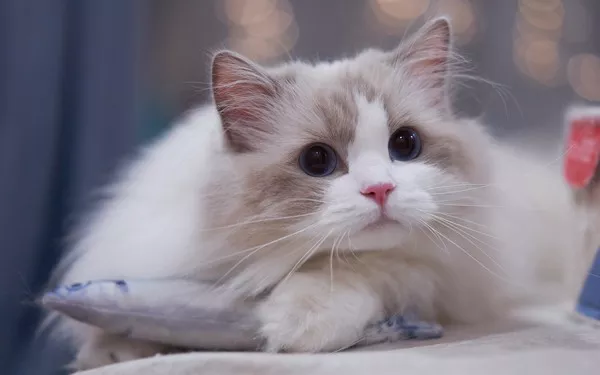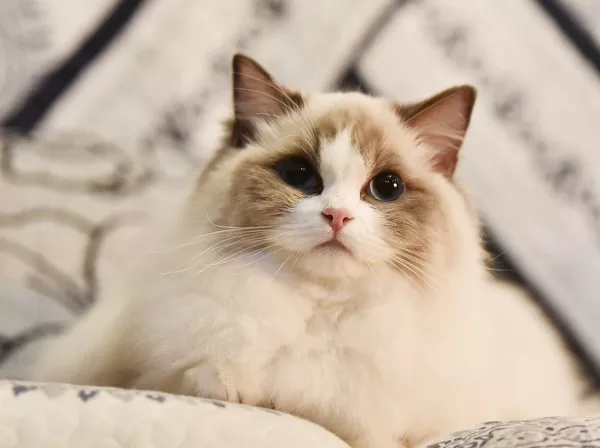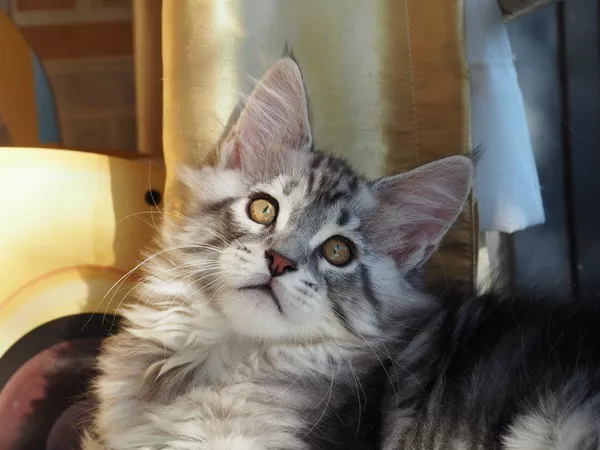Ragdoll cats are renowned for their luxurious semi-longhair coats, which contribute to their distinctive and enchanting appearance. However, amidst the allure of their flowing locks, questions may arise regarding the possibility of Ragdolls having short hair. In this article, we’ll delve into the complexities of Ragdoll cat genetics and explore whether short-haired Ragdolls exist, providing insights into the fascinating world of feline coat variations.
Introducing the Regal Ragdoll: A Breed Overview
Before delving into the possibilities of short-haired Ragdolls, it’s essential to understand the Ragdoll breed itself. Ragdoll cats are known for their striking blue eyes, sweet temperament, and semi-longhair coats that come in various patterns and colors. Originating in the United States in the 1960s, Ragdolls have captured the hearts of cat lovers worldwide with their affectionate nature and gentle disposition. However, their coat length has traditionally been one of their most defining features, leading to curiosity about the potential for short-haired variations within the breed.
The Long and Short of It: Exploring Ragdoll Coat Length
In the world of feline genetics, coat length is determined by a complex interplay of genes that influence the growth and texture of a cat’s fur. The gene responsible for long hair in cats is known as the “L” gene, while the gene for short hair is referred to as the “l” gene. When it comes to Ragdolls, the breed standard calls for semi-longhair coats, which are a result of the presence of the “L” gene. However, like all cat breeds, Ragdolls can carry a variety of genetic mutations that may result in deviations from the breed standard, including variations in coat length.
The Myth of the Short-Haired Ragdoll: Separating Fact from Fiction
Despite the allure of the idea of short-haired Ragdolls, the reality is that true short-haired Ragdolls do not exist within the breed. Ragdolls are genetically predisposed to have semi-longhair coats, and breeding practices within reputable Ragdoll breeding programs prioritize the preservation of the breed’s distinctive coat characteristics. While it is possible for individual Ragdolls to exhibit variations in coat length, such as slightly shorter or longer fur, these deviations are typically considered anomalies rather than true representations of the breed standard.
Deviation from the Norm: Exploring Coat Variations in Ragdolls
While Ragdolls are known for their semi-longhair coats, there have been instances of individual cats within the breed exhibiting variations in coat length. These deviations may occur due to genetic mutations or crossbreeding with other cat breeds that possess short hair genes. However, it’s essential to recognize that such deviations from the breed standard are rare and not indicative of a distinct short-haired Ragdoll variety. Instead, they are anomalies that may occur sporadically within the Ragdoll population.
The Importance of Responsible Breeding: Preserving Breed Standards
In the world of cat breeding, responsible breeders play a crucial role in preserving the integrity and characteristics of their chosen breeds. When it comes to Ragdolls, reputable breeders adhere to strict breeding standards and guidelines established by breed associations to ensure the health, temperament, and appearance of their cats. This includes selecting breeding pairs based on their adherence to the breed standard, including coat length, color, pattern, and other physical attributes. By prioritizing the preservation of the Ragdoll breed standard, responsible breeders help maintain the distinctive qualities that make Ragdolls beloved companions for cat lovers worldwide.
Conclusion: Embracing the Diversity of Ragdoll Cats
While the idea of short-haired Ragdolls may pique curiosity, the reality is that Ragdolls are genetically predisposed to have semi-longhair coats as per the breed standard. While variations in coat length may occur sporadically within the Ragdoll population, they are anomalies rather than true representations of the breed. By understanding the complexities of Ragdoll genetics and the importance of responsible breeding practices, cat enthusiasts can appreciate the beauty and diversity of Ragdoll cats while ensuring the preservation of their cherished characteristics for generations to come.
FAQs:
1. Is it OK to shave a Ragdoll cat?
Shaving a Ragdoll cat should generally be avoided unless there’s a specific medical reason or under the guidance of a veterinarian. Ragdolls have a semi-long, fluffy coat that provides insulation and protection from the elements. Shaving can disrupt their natural cooling and heating mechanisms and may lead to skin issues or sunburn. Regular grooming, including brushing to prevent mats and tangles, is usually sufficient to maintain their coat. However, if matting becomes severe or for medical procedures like surgery, shaving may be necessary, but it should always be done with caution and by a professional.
2. How do I know if my cat is a Ragdoll?
Several characteristics can help identify if a cat is a Ragdoll. Ragdolls typically have a large, muscular build with broad chests and sturdy bodies. They have striking blue eyes and a semi-long, plush coat that comes in various colors and patterns, including pointed, mitted, and bicolor. Ragdolls are known for their docile and affectionate temperament, often going limp like a ragdoll when held, hence their name. If your cat exhibits these physical traits and displays the gentle, sociable nature typical of Ragdolls, it’s likely that you have one of these lovely felines.
3. Are Ragdolls always fluffy?
Ragdolls are known for their plush, semi-long fur, but they may not always be as fluffy as other breeds like Persians or Maine Coons. While Ragdolls have a dense undercoat that contributes to their soft texture, the length and density of their fur can vary among individual cats and depend on factors such as genetics and grooming habits. Some Ragdolls may have a fuller, fluffier coat, while others may have a sleeker appearance. However, regardless of their fluffiness, Ragdolls are cherished for their beautiful coats and affectionate personalities.


























